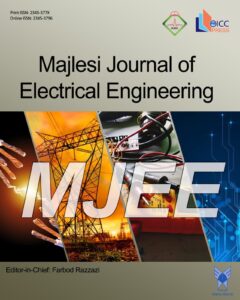Increasing Coverage in Wireless Sensor Networks by Minimizing Displacements Using a Greedy Method based on Nodes’ Location and Neighborhood
Authors
Abstract
The successful operation of a wireless sensor network depends on the proper coverage of the environment, which in turn is affected by the number and location of sensors. In most cases, the sensors are placed randomly in the deployment region, so by default, most coverage is not achieved in their initial deployment. One of the major challenges for network design is to determine the location strategy of the sensors so that the deployed nodes can cover as many regions as possible. The objective of this study is to solve this problem in such a way that the energy consumption of the nodes is minimal. Because the power supply of the sensor nodes is a non-rechargeable battery. The proposed approach uses division and detection of uncovered regions. Then a greedy method based on the topology and properties of the nodes and the network deployment region is presented to select the optimal nodes and cover the region. The proposed approach is simulated and the evaluation results show a decrease in the displacement of the sensors for more coverage and a reduction in energy consumption compared to similar works.



